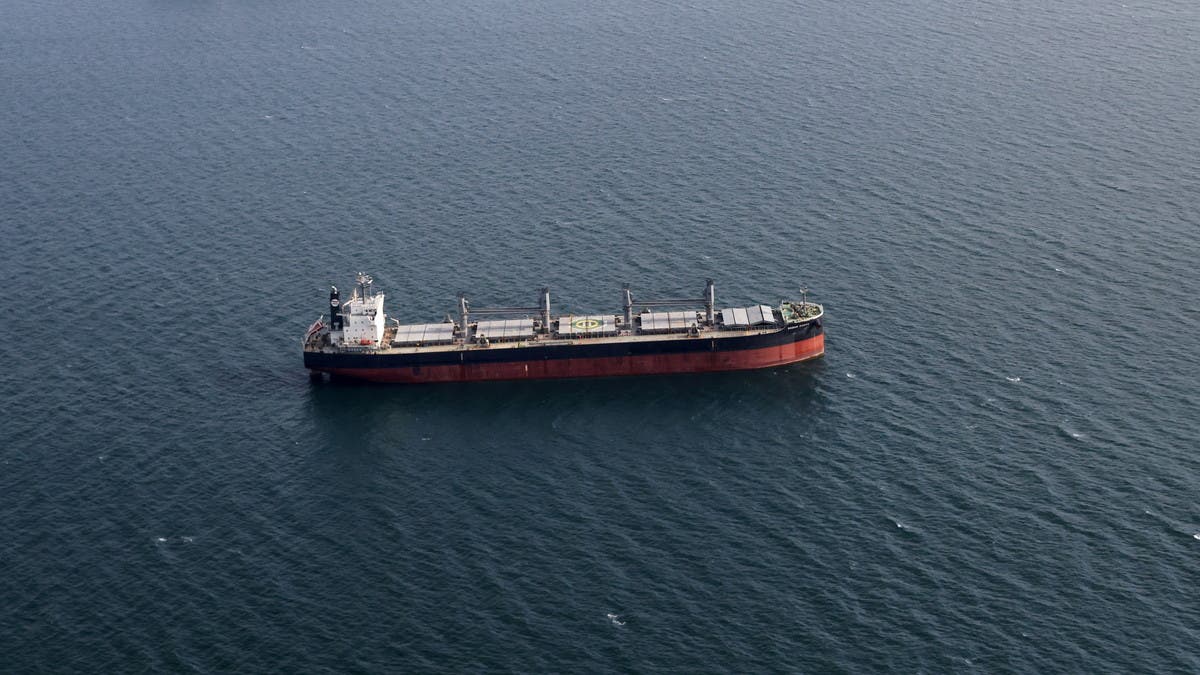Marine Fuel also called bunker fuels, are generally divided into two different classes, heavy fuel oil (HFO) including LSFO, ULSFO, and HSFO and distillates or marine gasoil (MGO).
The blends of heavy fuel oil and distillates are described as marine diesel oil (MDO) or intermediate fuel oils (IFO) and refer specifically to blends with a very low proportion of heavy fuel oil.
The requirements to be met by petroleum-based fuels used in diesel engines and boilers in the shipping industry are specified by the International Maritime Organization (IMO) in the ISO 8217 standard “Petroleum Products – Fuel (class F) – Specifications of marine fuels.” This standard is an accepted global standard for the specification of marine fuels and distinguishes them into residual fuels and distillate fuels according to their main components.
In accordance with ISO 8217, residue fuels are divided into six fuel types depending on their kinematic viscosity. The lower the viscosity value, the thinner the fuel, the higher the quality is of the marine fuel. Distillate fuels and less viscous residual fuel oils are divided into four classes that vary with trace content of residual fuel.
Emission limits required for marine fuels are far behind those of land transportation standards. Seagoing vessels still primarily use heavy fuel oil (HFO), which is of lower quality compared to marine diesel (MDO), resulting in higher emissions. The high sulfur content of heavy fuel oil (up to 4.5%) leads to particularly high sulfur oxide (SOx) emissions. New regulations set by the IMO in 2020 limits sulfur content to 0.5 percent compared to 3.5 percent previously allowed, increasing the demand for MGO.

